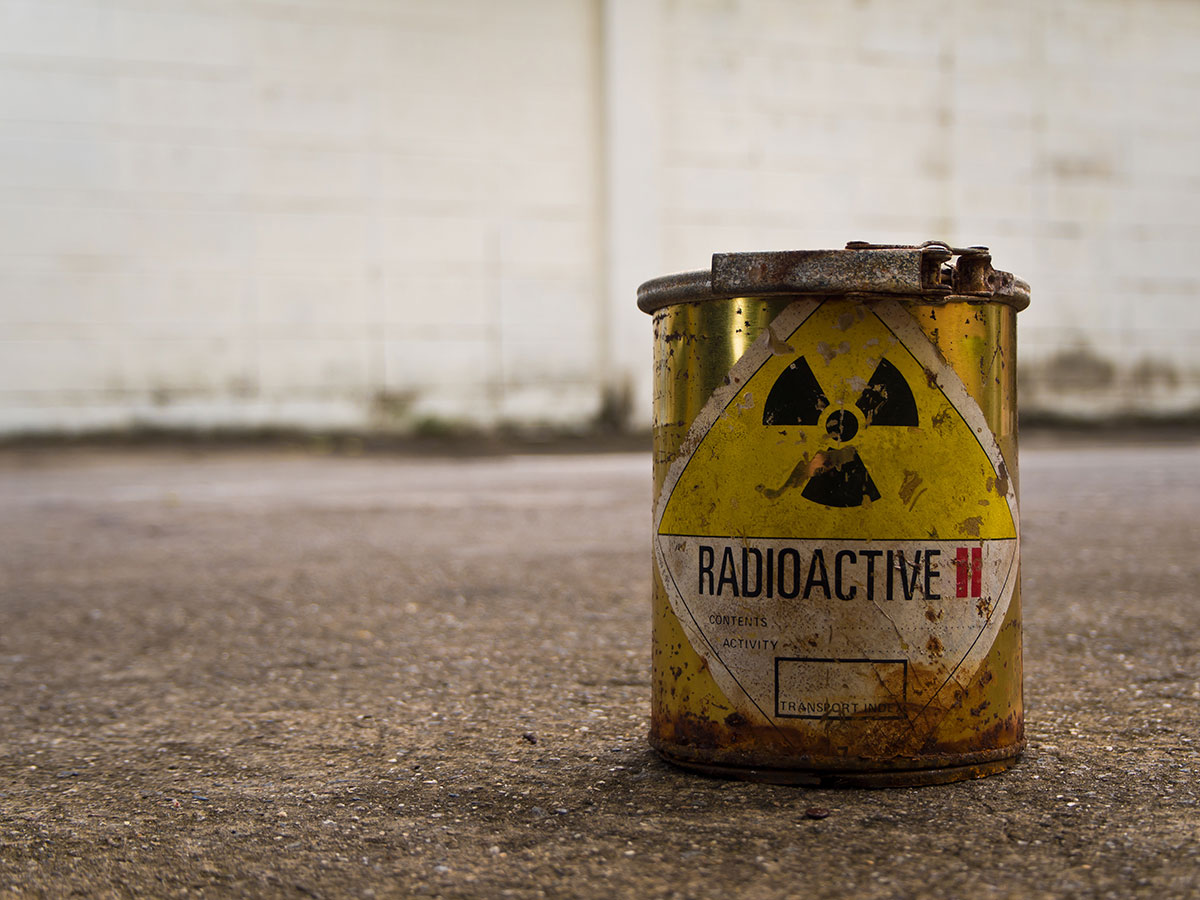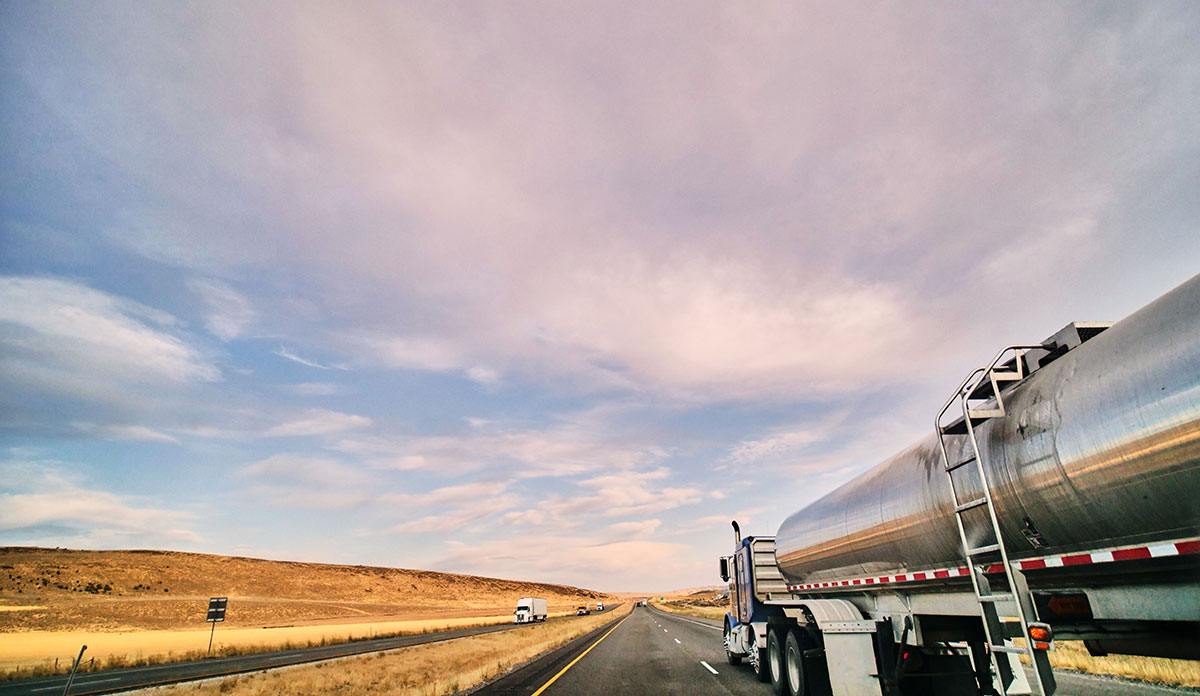Important Hazardous Waste Regulations Your Business Needs to be Aware Of
When conducting business of any sort, it is imperative that your operations are regulation compliant. This is especially true when it comes to handling hazardous waste disposal and environmental waste. In the realm of waste management, the regulations are numerous and can vary from state to state, but there are a few important hazardous waste regulations that your business needs to be aware of.

Hazardous Waste Regulation Overview
The main collection of regulations to be cognizant of stems from the Resource Conservation and Recovery Act (RCRA), which was passed in 1976. This act creates a framework for the handling of hazardous waste from “cradle to grave,” from its generation and through its disposal.
Before your business can begin to consider the lifecycle of hazardous waste, one must clearly define what that hazardous waste is. According to the EPA, hazardous waste is “waste with properties that make it dangerous or capable of having a harmful effect on human health or the environment.” This hazardous material must also be a “solid waste.” Despite the name, a “solid waste” does not actually need to be physically solid; liquids and gases can be considered “solid wastes” as well. For more information on solid and hazardous wastes, and for a list of hazardous waste exclusions, consult the EPA criteria here.
Type of Hazardous Waste Generator
After it has been established that what your business is producing is, indeed, hazardous waste, you need to determine the quantity generated. Your hazardous waste regulations will be different based on your generator status.
There are three types of hazardous waste generators:
- Very Small Quantity Generators: Those that generate up to 100 kilograms of hazardous waste or one kilogram of acute hazardous waste or 100 kilograms of acute spill residue per month
- Small Quantity Generators: Those that generate between 100 and 1000 kilograms of hazardous waste per month
- Large Quantity Generators: Those that generate more than 1000 kilograms of hazardous waste, more than 1 kilogram of acute hazardous waste, or more than 100 kilograms of acute spill residue per month
To learn about the exact regulations required for each type of hazardous waste generator, take a look at the EPA’s summary table on hazardous waste generators by quantity.
These hazardous waste generators are the aforementioned “cradle” of the hazardous waste management process. As such, they are required to document all hazardous waste production. All hazardous waste must be “identified, managed, and treated” before being recycled or disposed of.
RCRA Hazardous Waste Transportation Regulations
Hazardous waste transportation, especially across state borders, comes with further regulations. Since the transport of hazardous waste must be done on public roads, waterways, and other tax-funded infrastructure, laws regarding hazardous waste transport by the US Department of Transportation (US DOT) and the EPA must be followed.
In order to move these kinds of waste materials, transporters must have an EPA identification number, adhere to the EPA’s system for documentation of hazardous waste (the manifest system), treat any hazardous waste discharges that occur en route, and comply with all relevant US DOT regulations. To learn more, view the EPA’s requirements for transporters of hazardous waste.
For hazardous waste pickup or help disposing of and transporting your commercial waste, be sure to contact Clean Management directly.

Hazardous waste recycling, treatment, storage, and disposal:
Once the hazardous waste has been moved to a new location, it must be treated, stored, recycled, or disposed. Recycling applicable materials is preferred, but it needs to be done in a manner that is safe for the environment and those in the surrounding area. The Code of Federal Regulations outlines how this is accomplished in Title 40 section 262.6(b)-(c).
It is important to note that the regulations outlined for solid waste management on the EPA’s website are those on a federal level. Many states have received authorization from the EPA to administer and enforce the RCRA framework, as well as add to it, provided that their new regulations are at least as stringent as those imposed by the RCRA. Thus, states commonly have individualized requirements regarding the life of hazardous waste. To ensure that your business is in compliance with all relevant laws, state-specific regulations must be considered, in addition to the federal ones.
If your business would like assistance in complying with hazardous waste regulations, contact Clean Management for a fast and free quote.
